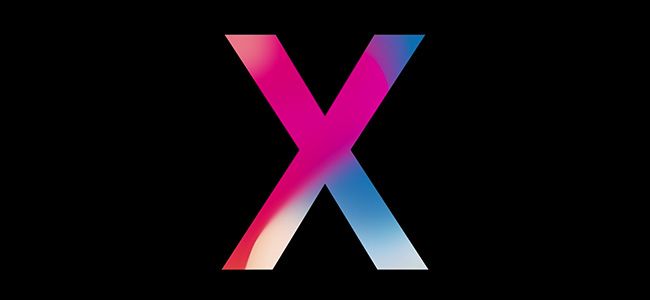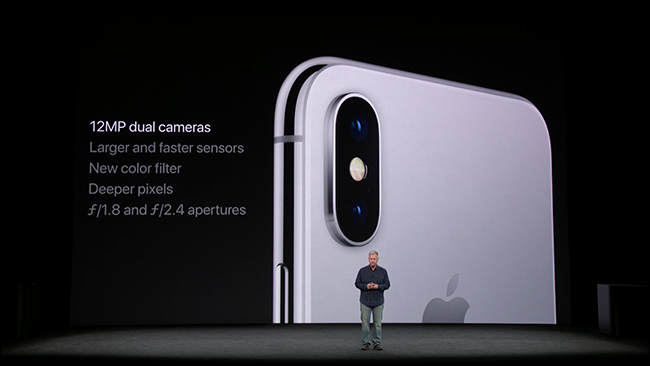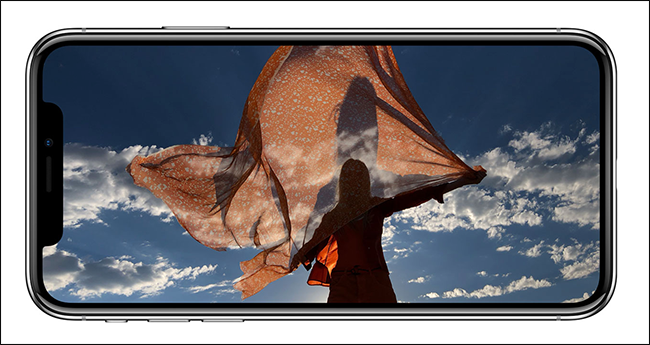Quick Links
While the iPhone X's design is its biggest talking point, the thing that really caught my eye watching the announcement was the new camera.
For the past few generations, the camera has been one of the biggest reasons to upgrade your iPhone. Even stuff like 3D Touch, which is surprisingly useful, is a small upgrade compared to the camera improvements each new cycle. Portrait Mode was the main reason I upgraded from a 6S Plus to a 7 Plus.
While the iPhone 8’s camera gets a nice if small upgrade over the iPhone 7’s, the iPhone X is getting some pretty interesting changes that haven’t been emphasized.
What’s New in the iPhone 8 and iPhone X’s Cameras?
Let’s look at the three models:
- The iPhone 8 has a single 12 megapixel camera with optical image stabilisation (OIS). It’s got an f/1.8 lens that’s equivalent to roughly 28mm on a full frame camera.
- The iPhone 8 Plus has two 12 megapixel cameras. One with OIS and a f/1.8 lens that’s equivalent to 28mm on a full-frame camera; the other that’s f/2.8 and equivalent to 56mm on a full-frame camera.
- The iPhone X has two 12 megapixel cameras. Both have OIS. One is f/1.8 and equivalent to 28mm; the other is f/2.4 and equivalent to 56mm.
All three phones use a new camera sensor with “deeper pixels” (which is a meaningless term, at least photographically speaking). They should, however, all have better color accuracy and dynamic range just by virtue of having newer sensor technology in them.
What Sets the X Apart?
What makes the X stand out is its dual optical image stabilization and slightly faster telephoto lens. This is going to give it a big leg up on the 8 Plus in terms of low light performance, at least as far as the telephoto lens is concerned.
The 7 Plus (and presumably the 8 Plus) defaults to the 28mm camera when light levels drop. Even if you zoom in, it uses the wider angle lens and then just increases the resolution of the image in post rather than using the telephoto. This is less than ideal, especially if you’re taking individual portraits.
While “low light” sounds like it means nighttime, for cameras it doesn’t. If you’re inside on a cloudy day, the light levels are often low enough for cameras to need to use relatively high ISOs. This means more noise and lower quality images. If your camera doesn’t use a high ISO it needs to use a slower shutter speed…which means that your shaking hands might affect the image.
The X’s optical image stabilization and wider aperture telephoto counter both these things. Not only will the wider aperture let in more light so you can get away with a lower ISO, the stabilization will mean you can use a slower shutter speed without worrying about camera shake.
It’s important to note that all this only applies when you’re using the telephoto. The wide angle camera on both the 8 Plus and the X is identical, at least as far as I can determine from Apple’s press materials. Anecdotally though, I tend to use the telephoto on my 7 Plus as the default, unless I’m shooting a group shot or landscape.
Portrait Lighting Looks…Interesting
Portrait Mode on the iPhone 7 is great. It really works.
Portrait Lighting is a logical extension of that. Rather than just using the depth map to blur the background, the iPhone 8 and X are going to use it to add lighting effects. So far it looks good, but I’ll reserve judgement until I see it in person. Unlike the telephoto updates, it wouldn’t make me line up to buy the X over the regular 8.
We Haven’t Even Talked About the Front Camera Yet
It is no secret to anyone who regularly reads How-To Geek that I’m a fan of selfies, so the fact the X is getting Portrait Mode for the front camera is pretty exciting. All the upgrades, however, are happening behind the scenes. You don’t get two front cameras: you get one and a depth sensor. This means that, aside from Portrait Mode, the front camera is going to automatically take better selfies on the X than on the 8 or 8 Plus.
At $999, the X is really aiming for the premium market. The new edge-to-edge screen is dominating most of the discussion, but it’s worth noting that there are improvements elsewhere. The telephoto camera on the X in particular, looks like it is going to be noticeably better than the one on the 7 Plus or 8 Plus in low light. All this is up in the air until the phone is released, but it does sound promising.




